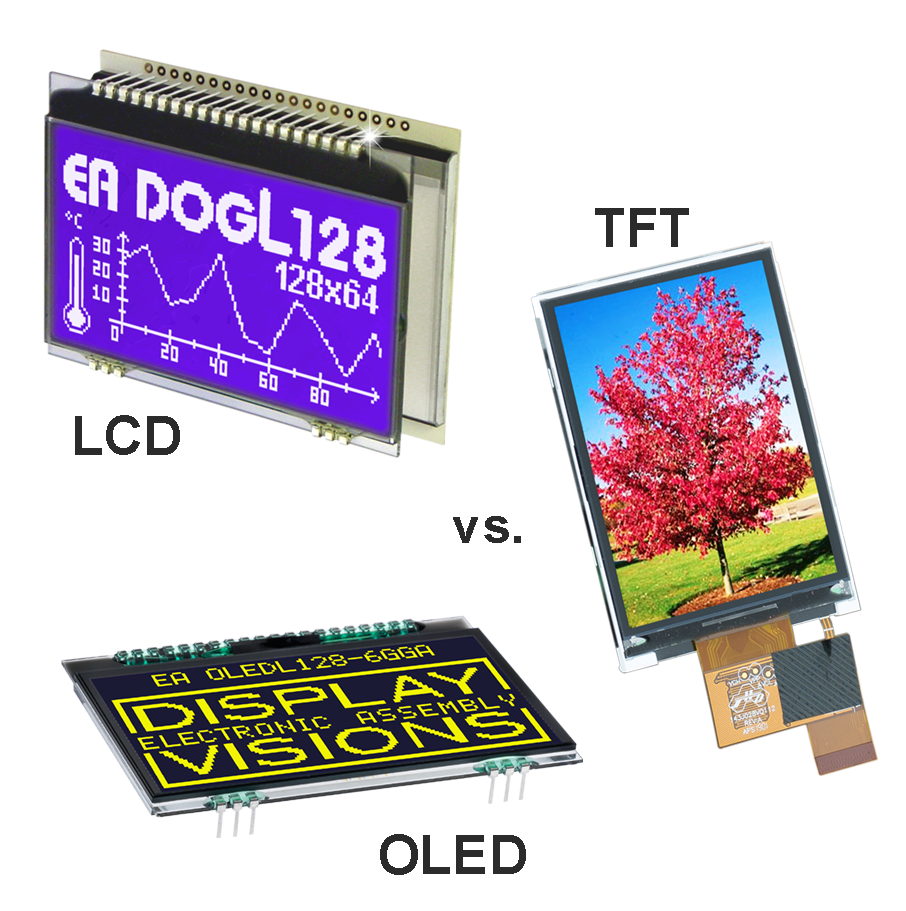LCD is the abbreviation for liquid crystal display. A LCD basically consists of two glass plates with a special liquid between them. The special attribute of this liquid is that it rotates or “twists” the plane of polarized light. This effect is influenced by the creation of an electrical field. The glass plates are thus each coated with a very thin metallic film. To obtain polarized light, you apply a polarization foil, the polarizer, to the bottom glass plate. Another foil must be applied to the bottom glass plate, but this time with a plane of polarization twisted by 90°. This is referred to as the analyzer.
In the idle state, the liquid twists the plane of polarization of the incoming light by 90° so that it can pass the analyzer unhindered. The LCD is thus transparent. If a specific voltage is applied to the metallic film coating, the crystals rotate in the liquid. This twists the plane of polarization of the light by another 90°, for example: The analyzer prevents the light getting through, and the LCD thus becomes opaque.
- Company
- Products
- HMI Series
- uniTFT(s)
High-End PCAP - PLC Compact Controller
w. Touch - Software Service
uniTFT and eDIP - eDIPTFT
Serial TFT - eDIP
Serial Graphic - DIP
Direct mounting - DOG
The versatiles - OLED
New technology - TFT / Graphic
color and b&w - Dotmatrix
Textdisplays - USB / RS-232
DISPLAYS - KIT
Control panels - DVM Counter
Panelmeter - Data Logger
USB / Wifi - Accessories
- Support
- News
- FAQ
- Contact
- Shop


 Click here
Click here

















